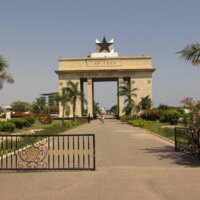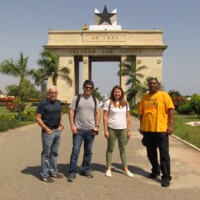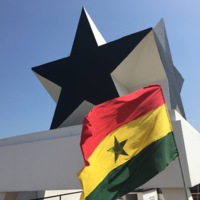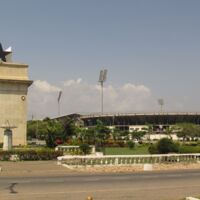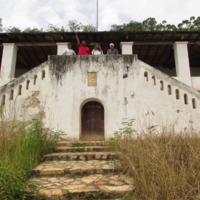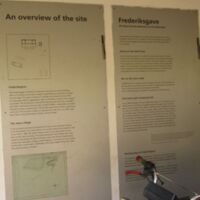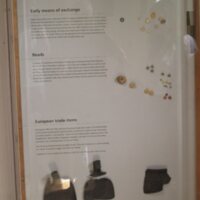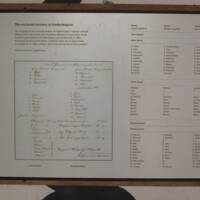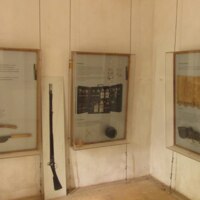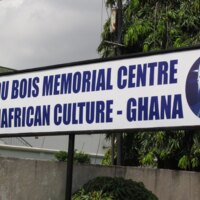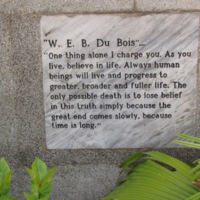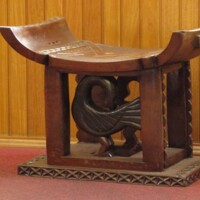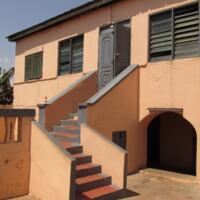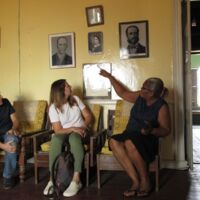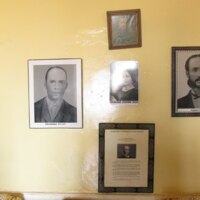Accra
Black Star Square and Accra Sports Stadium
Following independence in 1957, the Ghanaian government commissioned the Black Star Square – or Independence Square – to commemorate its new statehood. Today the public space hosts the nation’s lodestar of political events. Taken together, the Independence Arch, the Liberation Day Monument, and the Black Star Gate seek to embody the fights for independence and liberation in the young country.
Frederiksgave Plantation and Common Heritage Site
Representing a relatively early effort for Europeans to colonize West Africa beyond hollow claims and coastal forts, Frederiksgave Plantation came into Danish control in 1831. The experimental endeavor, made possible by enslaved African laborers, sought to extract further wealth from the continent through the production of staples such as coffee. A combination of ignorance, incapacity, and ill-circumstance ensured swift failure for the Danish, and the hopes of replicating Americas-style plantations in West Africa failed alongside their crops.
W. E. B. Du Bois Centre and the Brazil House
Located at the former residence and final resting place of W. E. B. Du Bois, the Centre serves as a memorial to its former occupant as well as his ideals. In particular, the museum and library bearing the U.S. Civil Rights leader’s name urges understanding the struggles of African and Diasporic peoples as inextricable in both cause and effect. The Brazil House, located on the aptly named Brazil Lane, speaks to this perspective’s weight beyond the Anglophonic diaspora. The site traces its roots to Afro-Brazilian “returnees” of the nineteenth century who sought a better life in West Africa away from the racism of Brazil.
Wulff House
The Wulff house embodies the complicated, multi-ethnic history of Accra and Ghana at-large. The home is the landmark of a Danish imperial functionary, Wulff Joseph Wulff. His brief life in Accra originated a Eurafrican family that has retained a presence in the area since the 1830s. Both Wulff and his daughter are buried within the house, and the perspectives of his distant progeny speak to the complex nature of identity in post-colonial West Africa.
